The National Cathedral is a monument that will endure through centuries as a precious seal and carry to our human eternity the message of the Romanian faith and identity, says Chairman of the Romanian Academy, historian Ioan-Aurel Pop.
"The cathedral, like any lasting thing, was made with sacrifice. From the legend of Master Manole - who also built a cathedral - it is known that, without sacrifice, monuments do not last, they die out and disappear quickly. How many wooden churches did we have that in the meantime melted away. It is said that at the Greater Union we would have had 3,000, and now there are just 700 left. The 'experts' boast of the 'civilisation of stone' (of marble), of major medieval states, empires and tsardoms. We did not meet these standards in some respects, which is why we were labelled as a 'people without history' and without 'stone civilisation'. In the meantime, especially after the Romanians united in a nation-state and the prospects changed following the acquisition of a notable economic strength, they also moved on to monumental and durable constructions. The National Cathedral is such a monument, designed to last over centuries as a precious seal and to carry to our human eternity the message of the Romanian faith and identity," the historian said in a statement to Agerpres.
Pop added that "Romanians had in the past small countryside churches and court chapels, all modest and simple, full of propriety, as was their faith in God", because "life then meant the struggle for 'daily bread', and prayers glorified the Savior and implored the saints to have mercy 'towards us'".
"For that, there was no need for large churches, because people did not go to church to feel comfortable, but to pray humbly. For the young people, the voice of the priest who served could also be heard from outside, and those inside sat in the pews, in the nave and narthex, often still standing. Romanians knew that in church one sits either standing or kneeling, not sitting as one does at home. So, there was nothing sumptuous about the place of prayer," said the historian.
But, at certain times, when special events were happening, the historian pointed out, the Romanians also built special, monumental places of worship.
"For example, towards the end of the 15th century and in the 16th century, for the victory of the Cross against Crescent, large churches were built in Moldavia, painted both inside and outside. They, even if they are not large, have a special grandeur, which takes them out of the mundane, out of the ordinary and projects them into a kind of humble and at the same time exalted sacred. In 1517, Neagoe Basarab consecrated the Episcopal Cathedral of Curtea de Arges, in the presence of the Ecumenical Patriarch, and the cathedral was an imposing monument, one of the largest in South-Eastern Europe. The Church of the Trisfetites (Three Hierarchs) in Iasi was built by voivode Vasile Lupu, between 1637 and 1639, as a princely necropolis, reflecting the founder's aspiration towards the Byzantine world, combining traditional structures and forms with precious materials and a sumptuous decoration. Legend has it that the church was gilded with gold on the outside. The fact fits with the personality of ruler Vasile Lupu, who took the name of the basileis and carried on Byzantium, because he fancied himself morel like a king than a nere ruler, as the chronicler Miron Costin says."
Then, as the years passed, the Romanians also built large churches, in Targoviste and Bucharest, in Craiova and Constanta, in Iasi and Bacau, in Suceava and Focsani and, especially, in Bucharest. "In Transylvania there were fewer, because in the big cities Romanians were forbidden to have Byzantine places of worship. After the union in 1918 and then after the fall of communism in 1989, things changed, and cities were filled with large and spacious churches, which people improperly called cathedrals."
In 1877-1878, Romania won its absolute state independence, in 1881, the country was proclaimed and recognised as a kingdom, in 1885, the Romanian Christian Orthodox Church became autocephalous, and in 1925, it was promoted to the supreme rank of patriarchate.
"The solemn services, of national interest, also took place in the old Cathedral built on the Metropolitan Hill by Prince Constantin Serban in the 17th century. The sizes of this cathedral church were equal to those of a parish church in any provincial city. After the proclamation of state independence and the breaking of any subordination ties from the Ottoman Porte, a group of politicians and men of culture thought of building a new cathedral. Talks resumed after the proclamation of the kingdom, after the achievement of autocephaly, after the Greater Union, after the promotion of the Romanian Christian Orthodox Church (BOR) to the rank of patriarchate, after the fall of communism, but never - for various reasons - were the initiatives completed. There were also objective causes, but there were also many sterile discussions, rivalries, obstacles set by Romanians to other Romanians."
Pop added that BOR, "the second largest autocephalous Orthodox church in the world, deserved a cathedral to match."
"The second largest autocephalous Christian Orthodox Church in the world (the Ukrainian Christian Orthodox Church is, in part, subject to the Russian Christian Orthodox Church, is divided and therefore canonically unrecognised) deserved a cathedral to match. This is not about pride, but about representation and dignity. It is the Romanians' duty - as in other areas of life - to preserve their rank. The whole world is a competition. In many areas the effort is in vain and Romanians fail, in others they do not even make efforts. According to opinion polls, the church, along with the army and the academy, is on the first places in Romanians' preferences. Neither the political parties, nor Parliament, nor presidency, nor the government, nor the NGOs, nor the trade unions are in these places. How and why? As far as the church is concerned, the explanation is simple. Faith is part of our entire universe, of our soul. It keeps us awake on this winding road of life. And the church is the mirror of faith, it is the place of prayer, of our elevation to God, of spiritual cleansing."
At the same time, the historian added that "we must be in line with the world, because otherwise we lose our identity as a Romanian people."
"It is not important to build rich houses in this world, because they are transient, perishable. Our house is the house of God, and the symbol of the house of God on earth is the Church. The Church is poor and rich at the same time, because the Lord receives the prayers of His servants in every kind of place. But a self-respecting people in this sophisticated world can only have its central place of prayer, the calling card of faith, in a great monument. That is how it has been since the world has existed and that is how it should be. The sister orthodoxies built monumental cathedrals long ago, they were proud of them, they welcomed their important guests, they even boasted of their beauty and grandeur. We have always proclaimed our modesty, we have sometimes closed in on ourselves, we have often been content with little. And what have we gained in the landscape of this world? You will tell yourself that this world is 'shadow and dream' and that the heights of its time are in vain. Yes, but we have to be in line with the world, because otherwise we lose our identity as a Romanian people," Pop also said.
The mosaic painting of Byzantine inspiration at the National Cathedral was consecrated on Sunday by Ecumenical Patriarch Bartholomew I of Constantinople and Patriarch Daniel of the Romanian Christian Orthodox Church, accompanied by an extended group of 65 hierarchs, 70 priests and 12 deacons. The event, which was attended by over a hundred thousand people, marked the Centennial of the Romanian Patriarchate. In 2025 it is 140 years since the Romanian Christian Orthodox Church was recognised as an autocephalous church and 100 years since it was promoted to the rank of patriarchate.

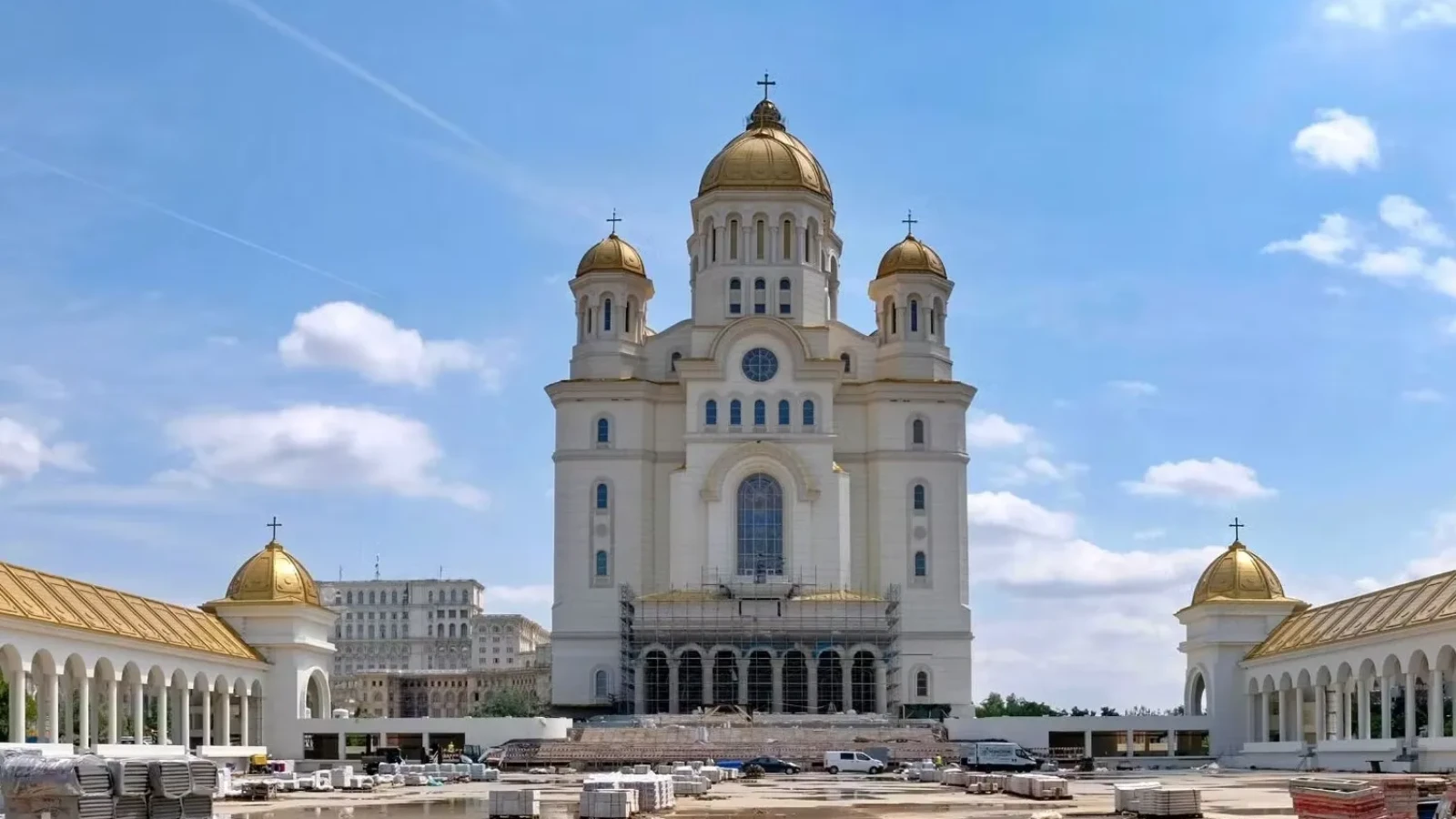




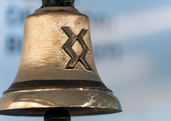


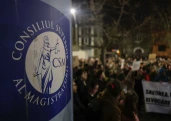


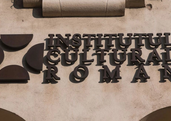
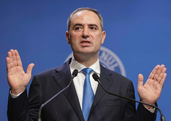

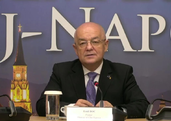






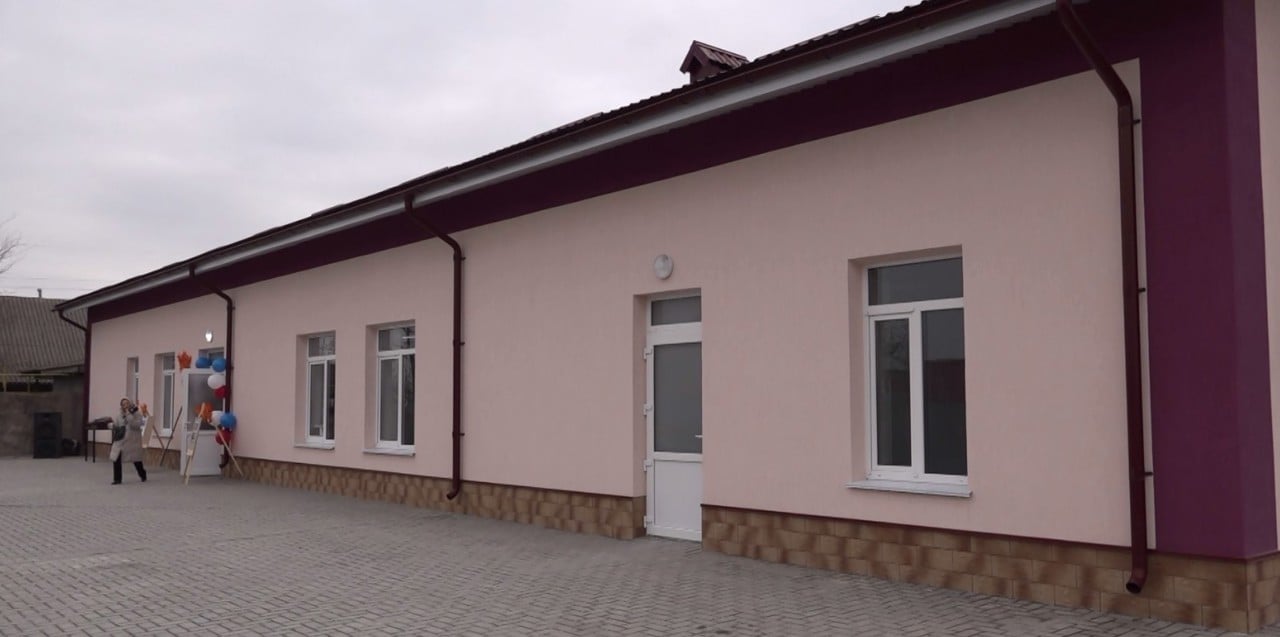
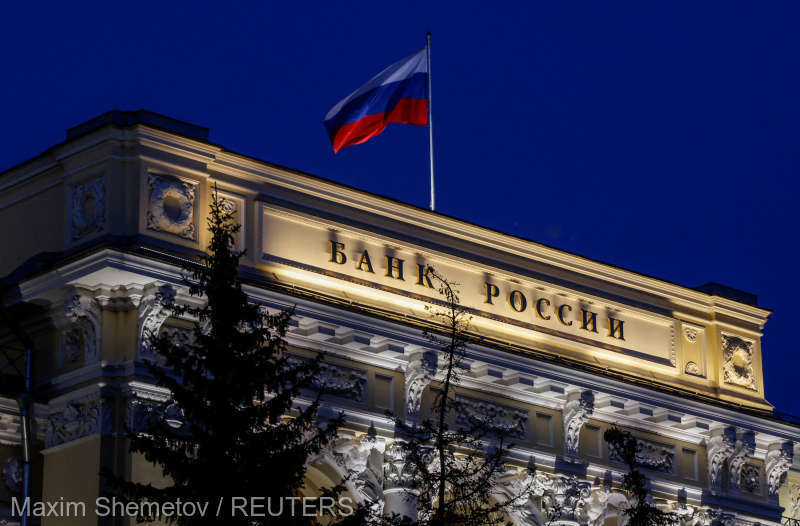
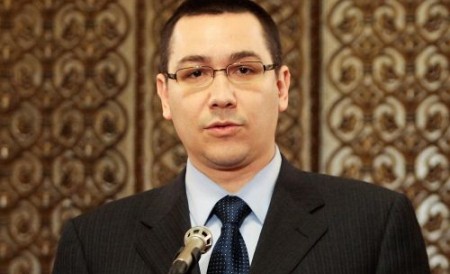

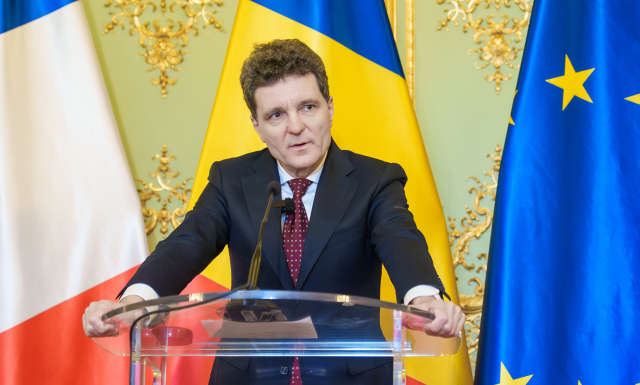
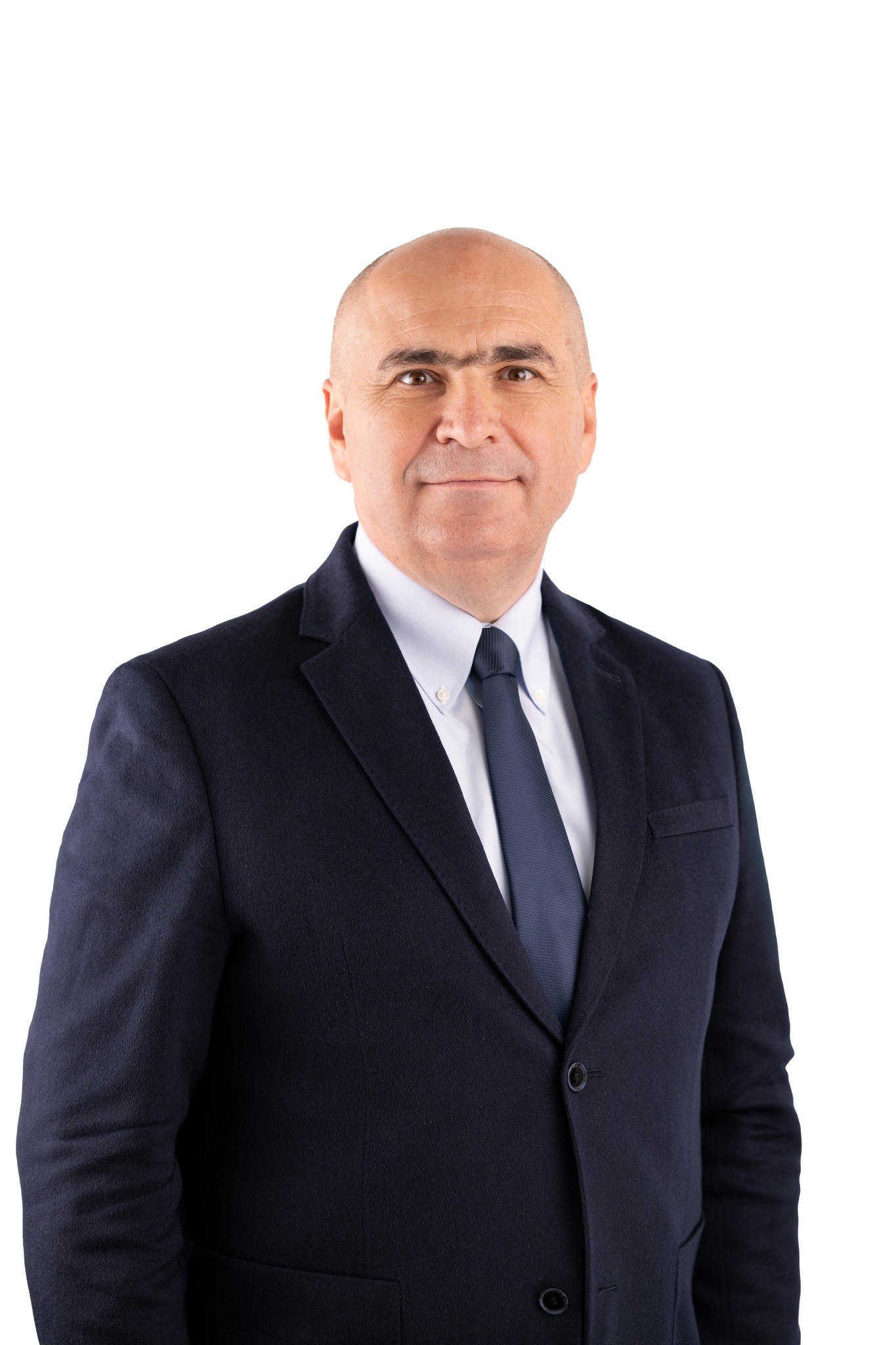








Comentează